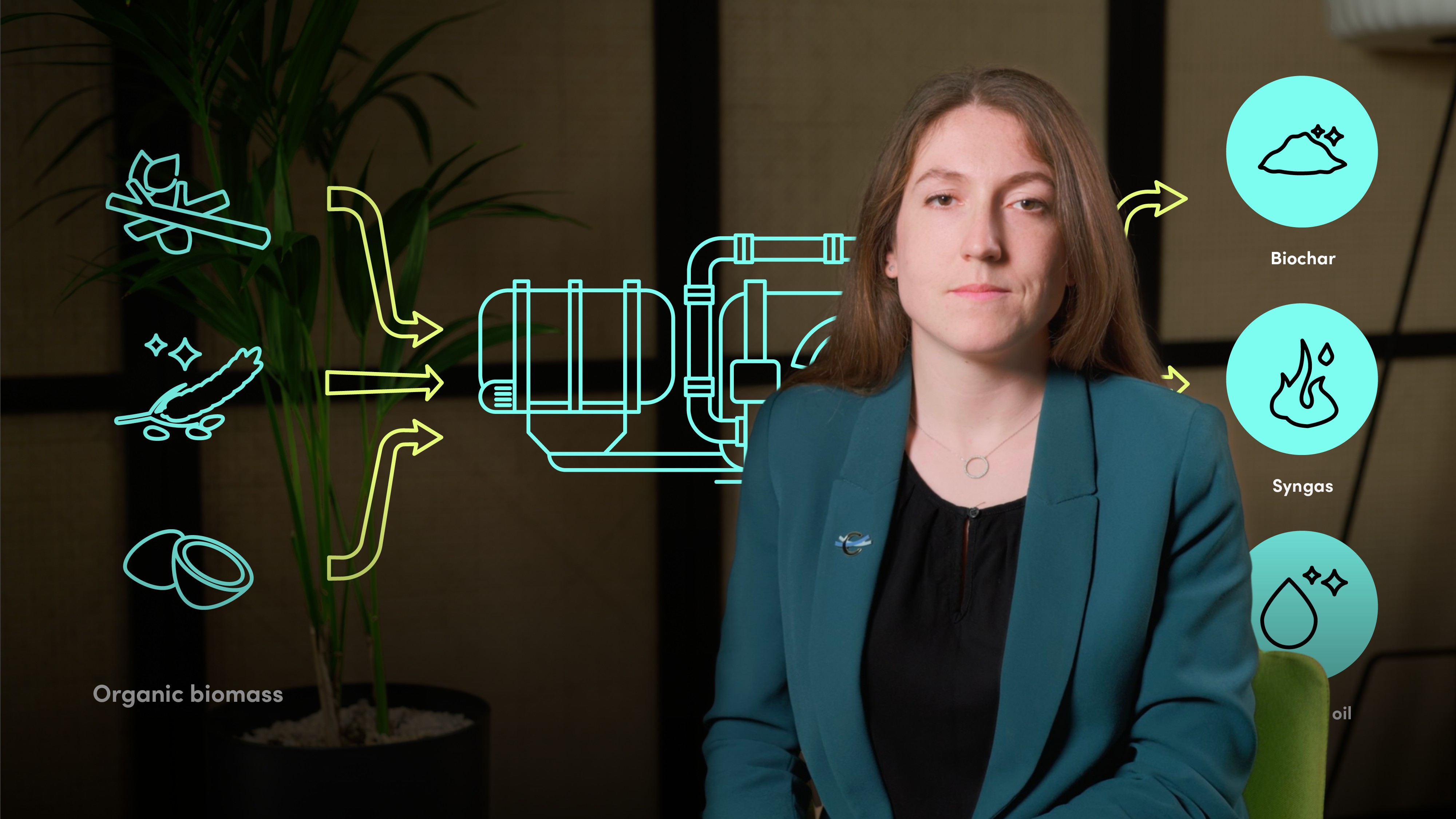
Alternative Approaches to Carbon Dioxide Removal I

Sacha Corby
In this video, Sacha explores the essential role of carbon dioxide removal (CDR) in addressing climate change by reducing atmospheric CO2 levels. She explains how trees store carbon through photosynthesis, the durability challenges they face, and how biochar offers a more stable carbon storage option while enhancing soil health. She further discusses the importance of sustainability, lifecycle assessments, and effective project management to maximise the impact of CDR solutions.
In this video, Sacha explores the essential role of carbon dioxide removal (CDR) in addressing climate change by reducing atmospheric CO2 levels. She explains how trees store carbon through photosynthesis, the durability challenges they face, and how biochar offers a more stable carbon storage option while enhancing soil health. She further discusses the importance of sustainability, lifecycle assessments, and effective project management to maximise the impact of CDR solutions.

Alternative Approaches to Carbon Dioxide Removal I
10 mins 20 secs
Key learning objectives:
Understand the definition of carbon dioxide removal (CDR) and its importance in reducing atmospheric CO2
Understand the differences between nature-based and engineered CDR solutions, including their permanence and co-benefits
Identify how afforestation, reforestation, and biochar projects remove and store carbon, along with their limitations
Outline the role of sustainability and lifecycle assessments in ensuring the effectiveness of CDR projects
Overview:

Sacha Corby
There are no available Videos from "Sacha Corby"

